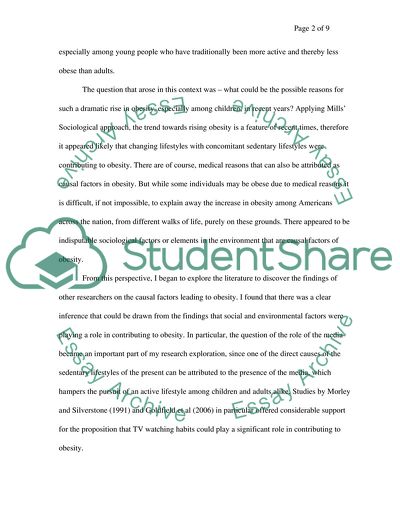Cite this document
(Rising Obesity in the United States Dissertation, n.d.)
Rising Obesity in the United States Dissertation. Retrieved from https://studentshare.org/social-science/1547263-sociology-dissertation-report
Rising Obesity in the United States Dissertation. Retrieved from https://studentshare.org/social-science/1547263-sociology-dissertation-report
(Rising Obesity in the United States Dissertation)
Rising Obesity in the United States Dissertation. https://studentshare.org/social-science/1547263-sociology-dissertation-report.
Rising Obesity in the United States Dissertation. https://studentshare.org/social-science/1547263-sociology-dissertation-report.
“Rising Obesity in the United States Dissertation”, n.d. https://studentshare.org/social-science/1547263-sociology-dissertation-report.


